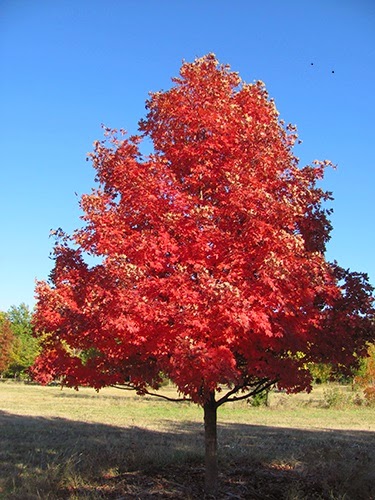Caring for Your Perennial Flower Garden
Cassie Homan, Horticulture Agent
 Perennials
are a great addition to our landscapes because they come back for many years.
They spread to fill in flowers beds and add beautiful blooms throughout the
spring and summer seasons. Herbaceous perennials are plants that die to the
ground in the winter and returns each spring with new growth from the roots.
Perennials
are a great addition to our landscapes because they come back for many years.
They spread to fill in flowers beds and add beautiful blooms throughout the
spring and summer seasons. Herbaceous perennials are plants that die to the
ground in the winter and returns each spring with new growth from the roots.
 Perennials
are great plants because they can be low maintenance. Every three to five years
they can be divided to maintain plant vigor. Midsummer bloomers, such as
daylilies, are best divided in early spring. Perennials that bloom in the
spring should be divided in late summer or early fall. To divide, cut the leaves
off the plant, leaving about 6 inches of the top. Dig around the plant with a
garden fork and lift the plant. Divide plants with a sharp, sterile knife or
spade. Be sure each division has three to five buds for new shoot production.
Perennials
are great plants because they can be low maintenance. Every three to five years
they can be divided to maintain plant vigor. Midsummer bloomers, such as
daylilies, are best divided in early spring. Perennials that bloom in the
spring should be divided in late summer or early fall. To divide, cut the leaves
off the plant, leaving about 6 inches of the top. Dig around the plant with a
garden fork and lift the plant. Divide plants with a sharp, sterile knife or
spade. Be sure each division has three to five buds for new shoot production.
 Perennials
are a great addition to our landscapes because they come back for many years.
They spread to fill in flowers beds and add beautiful blooms throughout the
spring and summer seasons. Herbaceous perennials are plants that die to the
ground in the winter and returns each spring with new growth from the roots.
Perennials
are a great addition to our landscapes because they come back for many years.
They spread to fill in flowers beds and add beautiful blooms throughout the
spring and summer seasons. Herbaceous perennials are plants that die to the
ground in the winter and returns each spring with new growth from the roots.
When
planning a perennials bed think about the amount of light it will receive and
spacing. Perennials can be planted throughout the growing season, but usually
are planted in spring. Water well at the time of planting and continue to water
new plants with one inch of water per week. Once established, watering deeply
and infrequently promotes deeper rooting that reduces the need for supplemental
moisture. Fertilize new plants with a starter fertilizer, then feed annually
with a slow release fertilizer.
Mulch
your perennial bed with two inches of organic mulch to conserve moisture, deter
weed growth and insulate the ground. Keep mulch away from the crown of the
plant to reduce the chance of fungal diseases on plant crowns or fleshy stems.
Wait until spring to remove the tops of your perennial plants. They can provide
some winter interest in your landscape, but more importantly they help insulate
the plant. If the plant is tender, it is a good idea to add a loose mulch layer
later in the fall. This prevents the plant from heaving out of the soil with
repeated freezes and thaws.
 Perennials
are great plants because they can be low maintenance. Every three to five years
they can be divided to maintain plant vigor. Midsummer bloomers, such as
daylilies, are best divided in early spring. Perennials that bloom in the
spring should be divided in late summer or early fall. To divide, cut the leaves
off the plant, leaving about 6 inches of the top. Dig around the plant with a
garden fork and lift the plant. Divide plants with a sharp, sterile knife or
spade. Be sure each division has three to five buds for new shoot production.
Perennials
are great plants because they can be low maintenance. Every three to five years
they can be divided to maintain plant vigor. Midsummer bloomers, such as
daylilies, are best divided in early spring. Perennials that bloom in the
spring should be divided in late summer or early fall. To divide, cut the leaves
off the plant, leaving about 6 inches of the top. Dig around the plant with a
garden fork and lift the plant. Divide plants with a sharp, sterile knife or
spade. Be sure each division has three to five buds for new shoot production.
For
a full list of recommended perennial flowers click on the link bellow and check out the Prairie Bloom List.
These flowers have been trialed and tested by K-State. They are proven to do
well in our Kansas climate.
If
you would like more details perennial flowers in your landscape contact Cassie
Homan, Post Rock District Horticulture Agent, at (785)738-3597 or by email at
choman@ksu.edu








